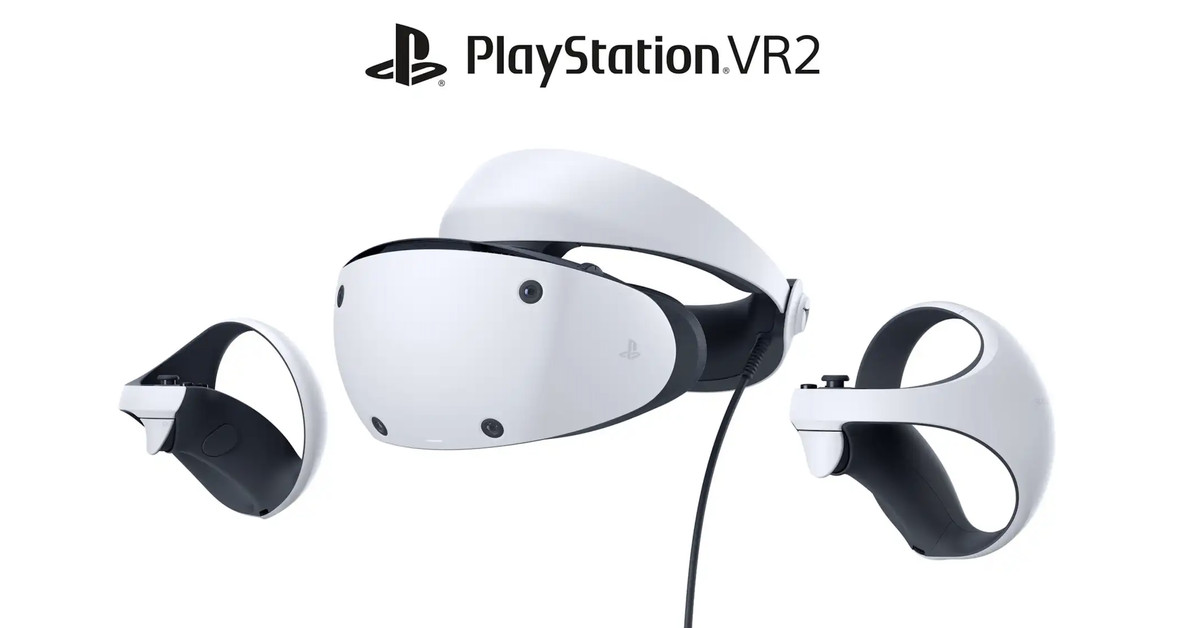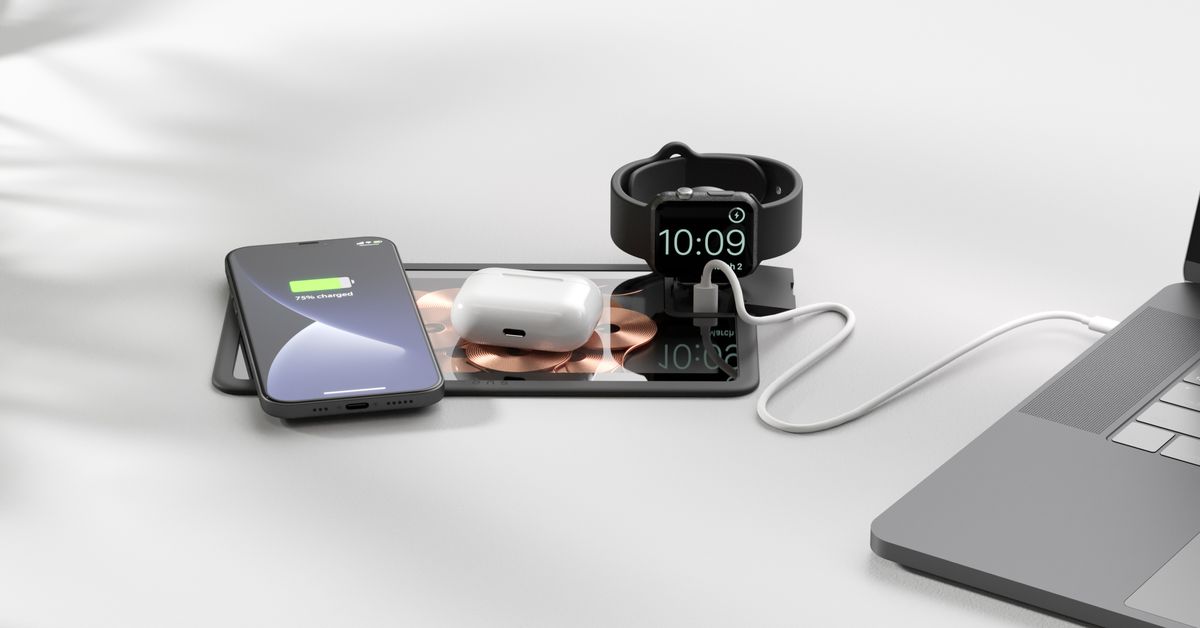Bose Frames Tempo review: the specs to beat
Bose’s sporty shades offer good sound, a steady fit, and total awareness Continue reading…

If you buy something from a Verge link, Vox Media may earn a commission. See our ethics statement.
It’s still fair to call audio sunglasses a niche category, but with Bose offering several models, Amazon in the game, and counting recent announcements from Razer and JLab, it’s certainly a growing one. There are people out there who just aren’t particularly fond of earbuds — often because they dislike the feeling of silicone tips plugging up their ears. Open-style products like the standard AirPods and Galaxy Buds Live are one alternative, but then you still face the possibility of losing them. If you’re running on a trail or out for an intense bike ride, it’s not an insignificant risk.
For those people, I can absolutely see the appeal of the Bose Frames Tempo, which have speakers built right into their frame and will stay planted on their face no matter how strenuous outdoor activity gets. The Tempo glasses are the sportiest model of Bose’s Frames family, clearly geared at hikers, runners, cyclists, and anyone else who spends a good chunk of their time outside. Bose says they’ve also got the best sound performance of the bunch.
From the front, they look like your typical pair of Oakley, Nike, or Under Armour sunglasses. Bose is clearly going after that same market with the $250 Tempos. If you’re more fashion-forward or looking for a pair of audio sunglasses that don’t give the impression you’re in the middle of a triathlon, you’ll want to stick with the Tenor or Soprano styles of Frames. These come with black mirrored lenses in the box, but Bose also sells a couple of other pairs of $40 lenses that you can swap in to let different amounts of light pass through. The oversized temples are where it becomes more obvious that these are audio sunglasses.
But there’s a benefit to that chunky design: unlike the Tenor and Soprano Frames, which use a proprietary charger, the Tempo model has a regular USB-C connector on the left temple. Bose says the frame is made from “TR-90 nylon.” There’s not much give, but they feel rugged to me, and they’ve got an IPX4 water and sweat resistance rating, so if you get caught running or biking in the rain, they’ll survive.
:no_upscale()/cdn.vox-cdn.com/uploads/chorus_asset/file/22297692/cwelch_200927_4359_0001.jpg) The large temples are the obvious tell that these are audio sunglasses.
The large temples are the obvious tell that these are audio sunglasses.
For the first couple of days wearing the Tempos, I felt a slight squeeze at the sides of my head that got uncomfortable. Now, I’ve got an extremely large dome — they used to have to bring out a special-sized helmet in Little League, friends — but thankfully, the fit loosened up a bit because this pressure went away by the end of the first week. The sunglasses didn’t get loose enough to where they started bobbing on my head or anything; they still felt nice and secure. (My friend Theresa, who has a normal-sized head, never mentioned any headache-inducing tightness.) Bose includes three sizes of nose tips in the box, and I found the large to be the right match. Even if my face was covered in sweat from a long run, the nose tips helped ensure the sunglasses didn’t slide around.
:no_upscale()/cdn.vox-cdn.com/uploads/chorus_asset/file/22297695/cwelch_200927_4359_0004.jpg) The frames have an IPX4 rating for water and sweat resistance.
The frames have an IPX4 rating for water and sweat resistance.
The controls that Bose came up with are wonderfully foolproof, which is crucial when you’re trying to stay focused on other things. You swipe across the right temple to raise or lower the volume, and on the underside of that temple is a small circular button that you can press to play / pause, double-tap to skip tracks, or triple-tap to go back. In no time at all, these controls felt so natural and easy. Powering off the Frames Tempo just takes holding down the button for a few seconds. Or you can flip them over and lay them down with the top of the frame on a surface. After two seconds in that orientation, they shut off. (You can disable this in settings, but I found it really convenient and, again, natural.) Battery life is listed as eight hours, and that’s lined up with my experience so far. The sunglasses take roughly an hour to charge back to 100 percent. Bose’s mobile app lets you update the sunglasses’ firmware, but there aren’t any EQ controls or other options that adjust their performance.
:no_upscale()/cdn.vox-cdn.com/uploads/chorus_asset/file/22297702/cwelch_200927_4359_0011.jpg) The sunglasses stay firmly in place through all sorts of outdoor activities.
The sunglasses stay firmly in place through all sorts of outdoor activities.
Describing the sound quality of audio sunglasses can be tricky. They’re nothing like headphones or earbuds since these are essentially down-firing speakers pointed at your ears. But Bose stepped up its game compared to the first-generation Frames, which I’ve tried on occasion. These have more life to them across the whole EQ range.
There’s a surprising amount of separation between vocals and instrumentation, and the Frames Tempo have a nice clarity and even-handed balance. There’s more bass than before, but this is where I think it’s most important to set reasonable expectations: the low end you get from any decent pair of in-ear buds will blow these out of the water. No contest. That said, Bose has at least reached a place where the bass no longer sounds anemic or flat, which is a legitimate improvement over the first-gen Frames. It’s there and perceptible.
Sound bleed is easily canceled out by everyday street noise, but if you’re inside with the volume turned up, people nearby will be able to tell that you’re listening to music. These are sunglasses, after all, so I imagine those situations will be few and far between. The Bluetooth connection has held stable throughout the vast majority of my time with the Frames Tempo so far. No complaints there.
Voice calls while wearing the Tempos have also been a joy. Callers say I sound nearly as good as when speaking directly into my phone, and something about taking calls with your ears totally open just feels very cool.
:no_upscale()/cdn.vox-cdn.com/uploads/chorus_asset/file/22399542/cwelch_200927_4359_0003.jpg) Bose sells additional $40 pairs of lenses that let in different amounts of light.
Bose sells additional $40 pairs of lenses that let in different amounts of light.
Even after a relatively short time using the Frames Tempo, I get this audio glasses thing. I really get it. It’s like Dieter recently wrote: “Not having to put in or take out headphones changes your relationship to audio — it’s just always available, always there when you want it.” Do I wish I could pop clear lenses into them and wear them everywhere? In theory, you bet. But this style wouldn’t really work for that, nor is it what the Tempos are meant to be at the end of the day. So I can’t knock Bose for the disappointment I feel when switching back to my normal glasses, which now seem so very primitive.
The Bose Frames Tempo let you hear the world around you with no obstructions — with a soundtrack playing over everything, while at the same time giving your ears a bit of a break compared to normal earbuds. At $250, they will be a tough sell for some. But I’ve come to realize that audio sunglasses are the exact sort of thing you won’t ever realize you needed. Until you put ‘em on — and all of a sudden, you do.
Photography by Chris Welch / The Verge

 JaneWalter
JaneWalter 
































